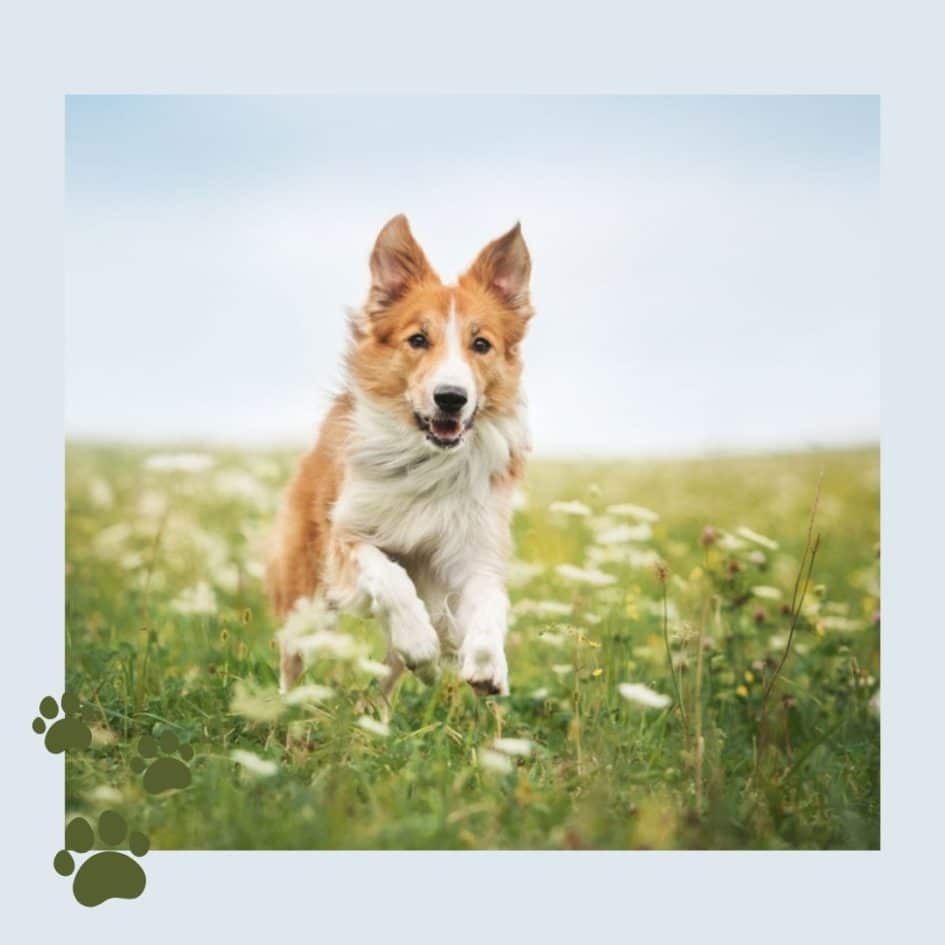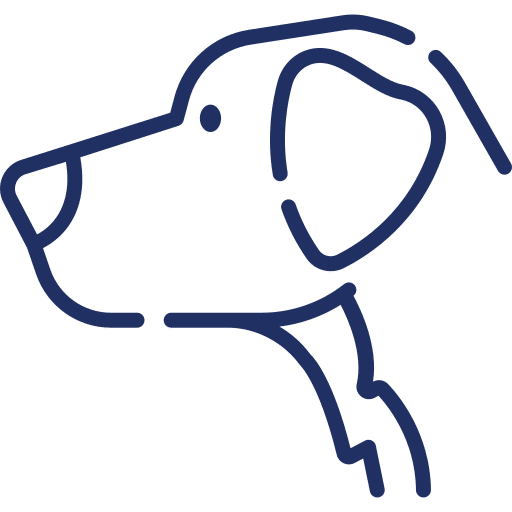

10 Tips for Dog Agility Training
If you feel that your dog is not ready for expert agility classes, there is a lot that you can still do at home to get his agility training going. Read on to learn the top 10 tips for dog agility training.
Owing to its challenging, exciting, and fun-filled nature, dog agility, is a sport that is growing rapidly throughout the world. However, if your dog is still more of a puppy, he might not be ready for agility classes. But, that does not mean that you cannot do anything to enable your puppy to get a feel for agility before starting off with full-fledged lessons. In this blog, we will be discussing the top 10 tips for dog agility training.
10 Tips for Dog Agility Training:
Prioritize success:
Unlike essential training such as ‘Come’ or ‘Leave it’, agility is something that is done more for fun. Hence, you should not pose unnecessary stress on yourself or your pet by establishing a set timeframe for agility learning. The best way to ensure success is by starting off slow and not having extremely high expectations in the beginning. While some dogs take just a few weeks to get past the fundamentals, others require more time and patience.
Whenever your dog crosses a milestone – no matter how small – make sure to shower plenty of encouragement and appreciation. Also, do not try and achieve too much too quickly – in fact, according to agility competitor and trainer, Arlene Spooner, early sessions should, at most, be 5 to 10 minutes long. It is important to keep things fun and interesting for your pup.
Focus on attention:
Remember that agility is not a solo sport and, if your dog is not receiving appropriate guidance, it will find it impossible to understand the obstacles that it should tackle while on the course. It is crucial that, despite the distractions and excitements, your dog learns to focus solely on you and your directions. In order to improve your dog’s attentiveness, you should start by training in a nice and quiet location where there are no distractions. Once your dog gets used to such a location, you can increase the difficulty level by gradually introducing distractions.
Develop and enhance flexibility:
Any tricks that can boost flexibility should be made a part of your dog’s agility training regime. For instance, Spin enables your dog to stretch his sides and twirl to one side or the other. Initially, you can use the nose-target technique to move your dog around in circles. Bow is another excellent trick for stretching your pup’s back. Teaching your dog to weave an ‘eight’ around your feet and legs is, once again, excellent for improving flexibility and introducing your dog to weaving.
Build up confidence:
The more confident your dog is, the firmer and swifter his movements are going to be. An absence of confidence might force your pet to struggle with dog-walks, A-frame, or the seesaw.
Thankfully, you can easily build your pup’s confidence at home. Indulging him in nose activities and feeding food puzzles are two easy yet effective way of enhancing confidence in dogs. You could also consider relationship-based or other kinds of enrichment activities.
Teach tricks:
Speaking of confidence, teaching tricks is yet another way to increase it. In addition to that, the more tricks your dog learns, the better his coordination will be – which will also prove invaluable once he is inside that agility ring. There are some tricks that are particularly useful in this regard. For instance, placing a target and asking your dog to touch his nose towards the target will help your dog learn how to negotiate the various contact zones. Another highly effective trick is backward walking, which enables dogs to improve their body awareness, since they are forced to concentrate on the movement and positioning of every paw. Finally, jumping through hoops will enable your dog to become familiarized with tire jumping.
Familiarize with the dark:
There are dogs that are not hesitant walking through the very first tunnel that they see. However, more often than not, dark openings tend to intimidate them, since they are not comfortable experiencing covered spaces. Even though it is possible to purchase and use an agility tunnel, it is best to start off by just creating a makeshift tunnel using some chairs and a blanket. Use the blanket to drape across the chairs, and encourage your dog to go towards the other side. Alternatively, it is also possible to use a large cardboard box. Start off with a shorter length so that your dog has no problem looking all the way over to the opposite side. It is also important to not force the dog through but rather make him do it on of his own accord. One way to encourage him would be by poking your head from the other side, and conveying the message that it is fun and not dangerous in any way.
Jumping:
Jumping is one of the most critical agility skills and, fortunately, one that can be easily practiced at home. Pick two low objects (such as a stack of books or some flower pots), and balance a pole between them. Avoid using slippery surfaces for the drills, as your dog might end up injuring himself. In addition, place the pole in such a manner that it falls should the dog accidentally make contact with him – this will ensure that your dog does not get hurt.
Use moving objects:
From the loud bangs to the large jumps, seesaws can be rather scary, which is why most dogs are quite nervous around them.
Hence, you should start off by using considerably smaller moving objects, such as cushioned boards, fit-bones, and wobble boards. If you think that your dog seems bothered, make sure to not rush the introduction of these items. Remember that confidence and patience are the keys to success.
Focus on handling:
A key component of agility is the owner’s handling of the dog. You can start by teaching your dog to walk with ease on either of your sides and, once this is achieved, you can move on to jogging and running. Every time your dog switches sides according to your instructions, reward him to encourage this behavior. You can also hold a treat to the specific side that you want your dog to stay.
Add weave poles to the mix:
Since weave poles are arguably the most complicated of all agility obstacles, your dog might require some expert assistance and guidance. However, for a simpler version, you can use some similar-sized poles, placing them at a distance of 24 inches from each other, and making sure that your dog uses the left side to enter between the two poles.
Final Word:
With some space and creativity, there is no reason for you and your pup to not be able to practice and train for agility, even without any specialist equipment. Remember that it is important to stay patient and not hasten the process.
Discover how to create a joyful, healthy home for your pet.
Subscribe to your weekly rundown of practice, real life ideas and training tips straight to your inbox.


